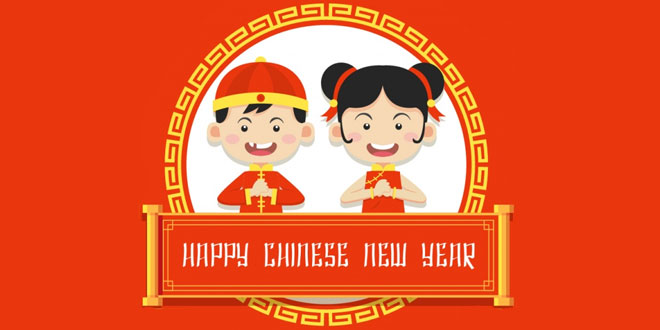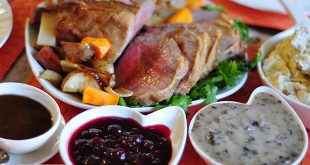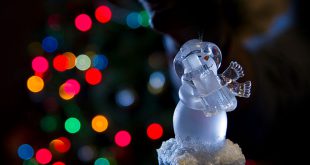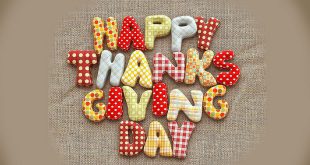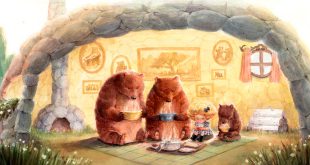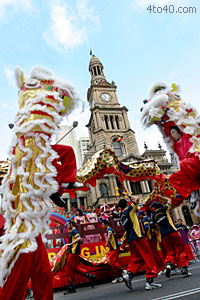
People in China believe that as they enter a new year, they should drop the last year into the silence limbo of the past. Common Chinese New Year Activity includes cleaning the houses from top to bottom, purchasing new clothes, paying off debts, painting their doors and window panes, and even getting new haircuts. Traditional Chinese New Year Facts bring forth the essence of new life and new hopes.
There is no fixed date for Chinese New Year as it is celebrated in accordance with the lunar calendar. The Lunar calendar is based on the time the moon takes to go around the Earth. The origin of the Chinese New Year Calendar is deeply rooted in age old traditions, dating from 2600 BC when the Emperor Huang Ti introduced the first cycle of the zodiac. The Chinese Lunar Calendar is based on the cyclical dating that is governed by the track record of the new moon. As a result, the beginning of the year can fall anywhere between late January and the middle of February. A complete cycle, according to the Chinese calendar, takes sixty years and consists of five cycles of twelve years each.
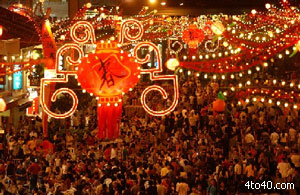
One of the most important characteristics of Chinese New Year Calendar is that it names each of the twelve years after an animal. Tradition says that Lord Buddha had called for all the animals to come to him before he departed from the earth. But only twelve animals came to offer him farewell and as a token Lord Buddha named a year after each of the twelve animals in the order they arrived. According to the popular Chinese myth the animal ruling the year in which a person is born tremendously influences his or her behavior and traits.
The Spring Festival ceremoniously commences with the practice of offering a sacrifice to the Kitchen God. Kitchen God is a deity sent from Heaven to each house to take charge of family’s affairs and make a report on what the family has done in the past year to Heaven annually on the date of the twenty-third. So with the preparations of feeding the Kitchen God, the celebrations of Chinese New Year gets kicked off.
Traditionally, the celebrations for the Chinese New Year last up to fifteen days. During these days, the Chinese wish each other by saying “Kung Hei Fat Choy” which means having a great fortune, or “Kung Hall Sun Hei”, which implies happy New Year. Married couples give red envelopes with lucky money to their kids or relatives of their younger generations instead of giving presents. The money can be used to buy holiday treats.
The Chinese value their family as they consider it as a means to keep the family blood running. So, Chinese New Year is a pretext of family reunion, where folks of the family gather for feast and acknowledge the spirits of their forefathers. Traditionally dinner is usually a feast of seafood and dumplings, symbolizing prosperity and good wishes. Chinese New Year Dish includes prawns for liveliness and pleasure, dried oysters for all things good in life, raw fish salad to usher in good luck and prosperity, dumplings boiled in water signifying a long-lost good wish for a family and Fai-hai (Angel Hair), edible hair-like seaweed to bring prosperity for the family.
Chinese love excitement and merriment and New Year give them an opportunity to do so. Chinese New Year is characterized by street celebrations, which include the performance of lion dance and dragon dance with exploding sound of firecrackers. The loud noise made by the firecrackers signifies the getting rid of sadness or bad events of last year and ushering in a good and prosperous coming year.
 Kids Portal For Parents India Kids Network
Kids Portal For Parents India Kids Network
